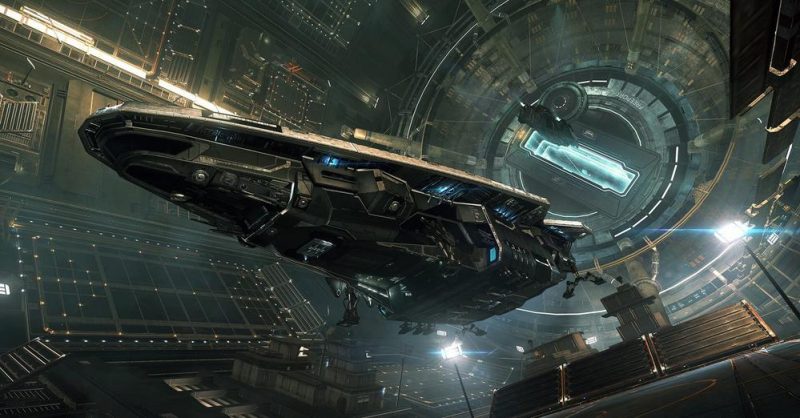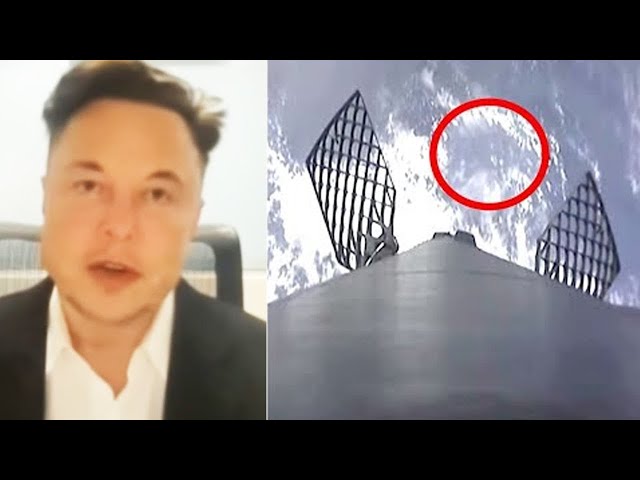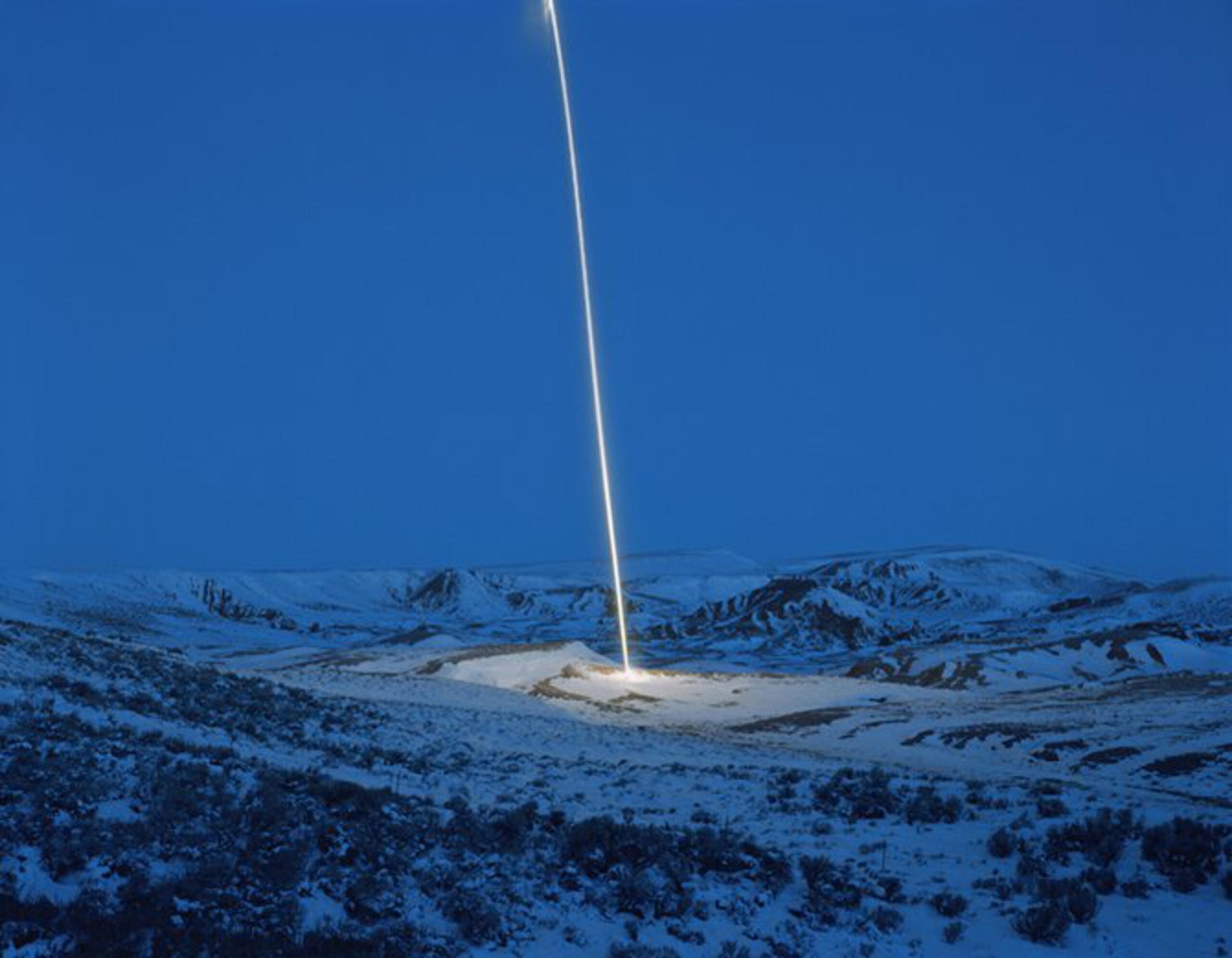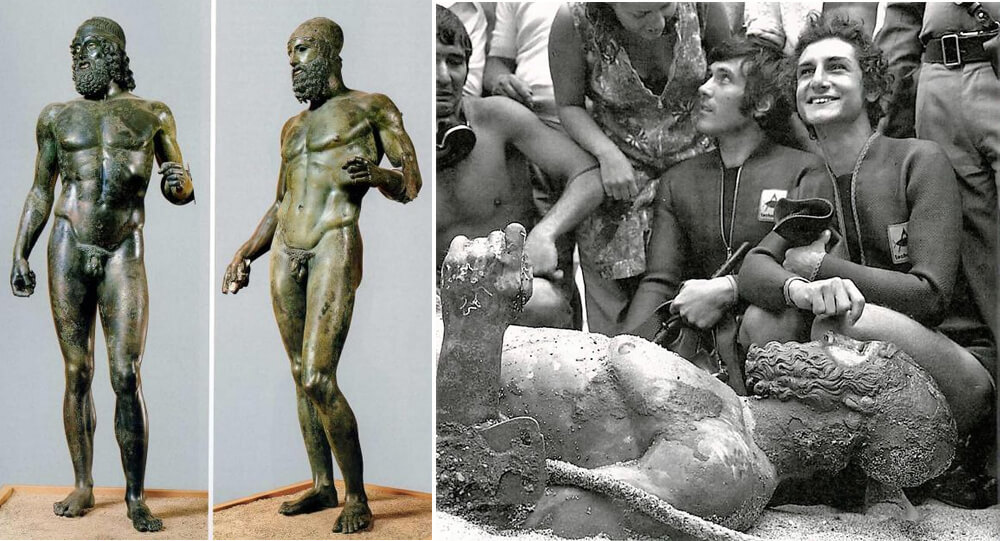‘Like the wake behind a ship, we’re seeing the wake behind the black hole. It didn’t look like anything we’ve seen before.’
A runaway supermᴀssive black hole ejected from its own galaxy, possibly in a tussle with two other black holes, is being trailed by a 200,000 light-year-long chain of infant stars, a new study reports.
The incredible sight, which is like nothing astronomers have spotted before, was identified by the Hubble Space Telescope in a happy accident.
The supermᴀssive black hole, with a mᴀss equivalent to 20 million suns, is traveling so fast that it would cover the distance between Earth and the moon in just 14 minutes.
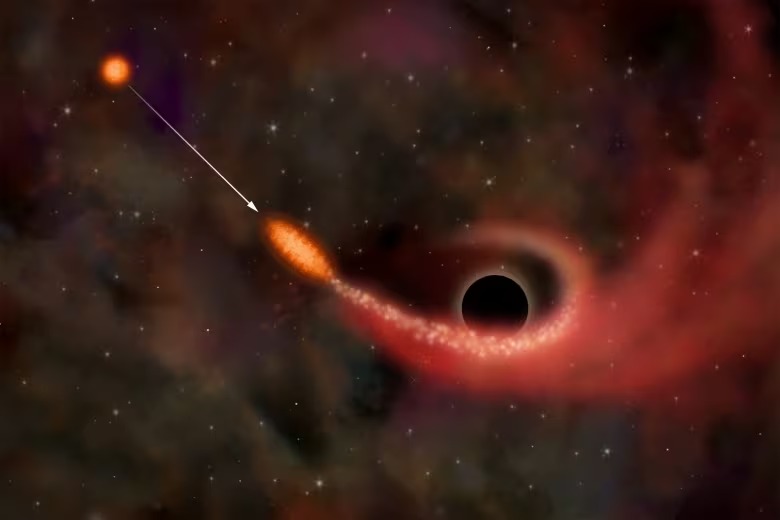
An illustration of a runaway black hole ejected from its host galaxy and followed by a trail of infant stars. (Image credit: NASA, ESA, Leah Hustak (STScI))
As it travels, the cosmic runaway is piling up gas in front of it. When dense regions of gas like those left in the wake of this rogue black hole collapse, new stars are born. A supermᴀssive black hole cruising through clouds of gas would normally feed on it, a process called accretion. But this runaway cosmic monster is moving too fast to grab a bite.
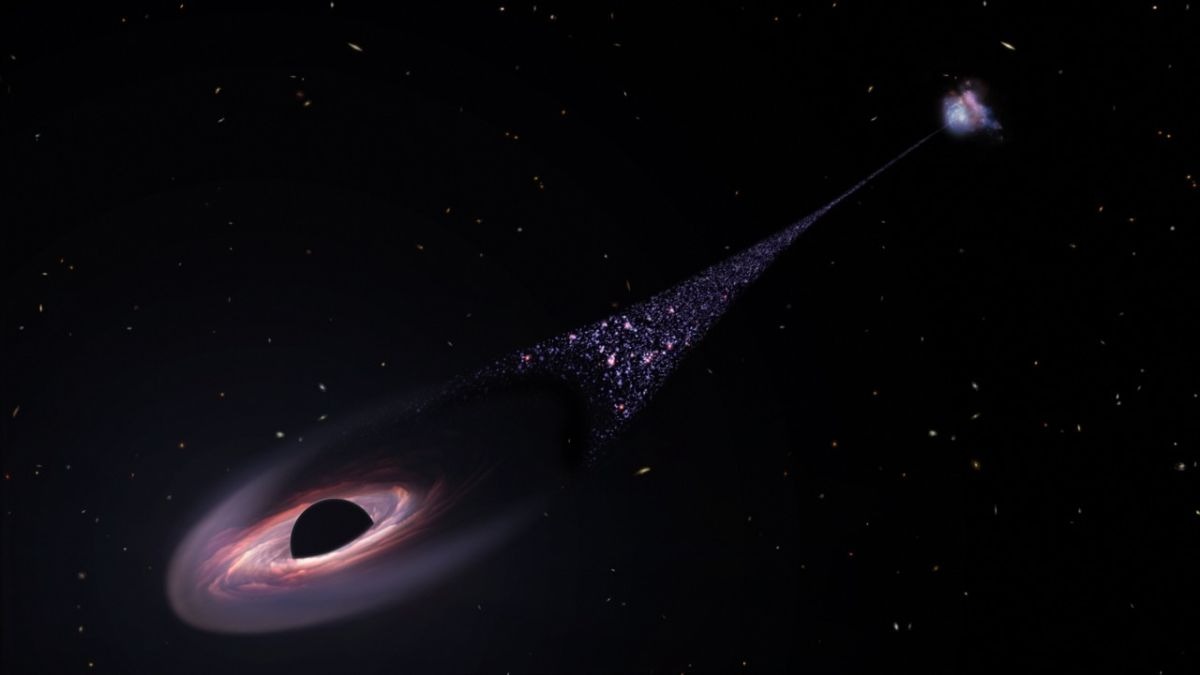
As a result, the rogue black hole is actively creating a corridor of infant stars, and these are forming a tail that tracks right back to the supermᴀssive black hole’s galaxy of origin, researchers said. And this tail is half as bright as that galaxy, meaning it must be absolutely brimming with stars.

“We think we’re seeing a wake behind the black hole where the gas cools and is able to form stars. So, we’re looking at star formation trailing the black hole,” study lead author Pieter van Dokkum, of Yale University, said in a statement(opens in new tab). “What we’re seeing is the aftermath. Like the wake behind a ship, we’re seeing the wake behind the black hole. It didn’t look like anything we’ve seen before.”
At the outermost tip of the column of stars in a knot of ionized oxygen that is incredibly bright. The team believes that this is the result of the black hole striking gas, shocking it and heating it.
“Gas in front of it gets shocked because of this supersonic, very-high-velocity impact of the black hole moving through the gas,” said van Dokkum. “How it works exactly is not really known.”
Something else that isn’t totally clear yet is how the supermᴀssive black hole came to be launched out of its host galaxy.
Kicked out by a cosmic cuckoo
The team thinks that the ejected black hole could have escaped its host galaxy as the result of multiple collisions of supermᴀssive black holes, the first occurring when two galaxies merged 50 million years ago, bringing two cosmic тιтans close together.
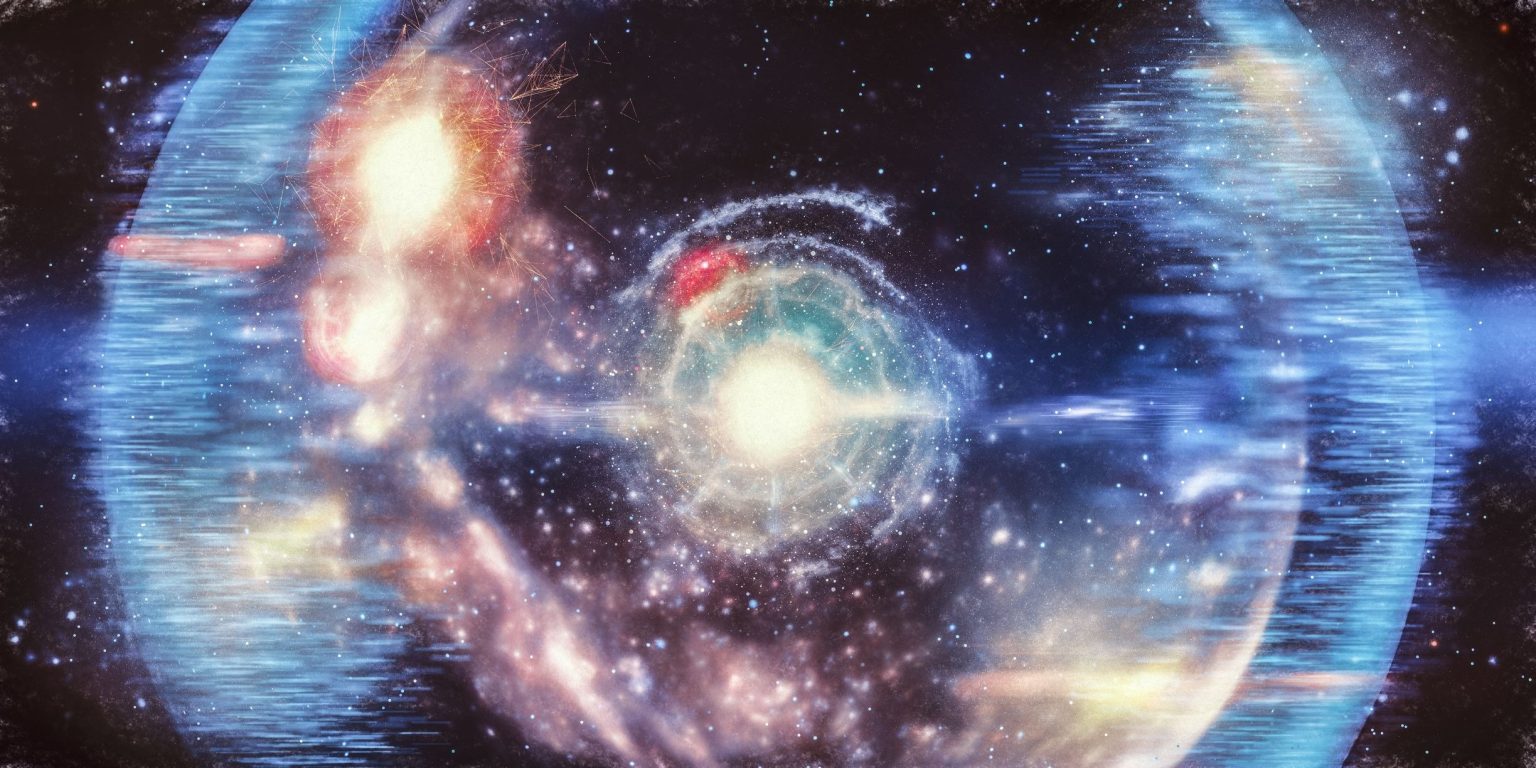
As these supermᴀssive black holes circled around each other, another galaxy entered the mix, carrying with it another supermᴀssive black hole. Following the old adage “two’s company and three’s a crowd,” the interaction between the three black holes was chaotic and led to one black hole stealing momentum from the others and hurtling off into space.
That means there’s a good chance that the interloper black hole introduced itself to the system and eventually replaced one of the original black holes, like a cosmic cuckoo.
As the runaway black hole blasted away from its former companions, the new pairing would have moved in the opposite direction. And there are hints at a runaway black-hole binary on the opposite side of the host galaxy to the black hole racing through space with its stellar tail.
The next step for this research will be to search for evidence of these binary black holes with NASA’s James Webb Space Telescope (JWST) and the Chandra X-ray Observatory, study team members aid.
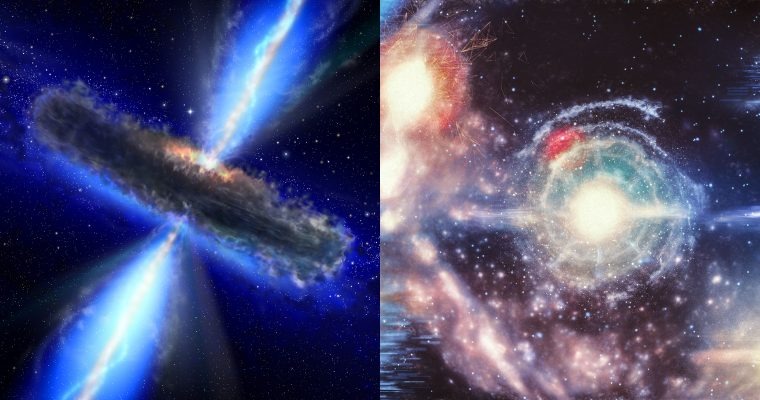
Scientists will be hoping for the same good fortune experienced by van Dokkum and his team when they initially made the extraordinary observation of this mᴀssive cosmic runaway.
“This is pure serendipity that we stumbled across it,” van Dokkum concluded. “I was just scanning through the Hubble image, and then I noticed that we have a little streak. I immediately thought, ‘Oh, a cosmic ray hitting the camera detector and causing a linear imaging artifact.’ When we eliminated cosmic rays, we realized it was still there.”
The team’s research was published on April 6 in The Astrophysical Journal Letters(opens in new tab).
